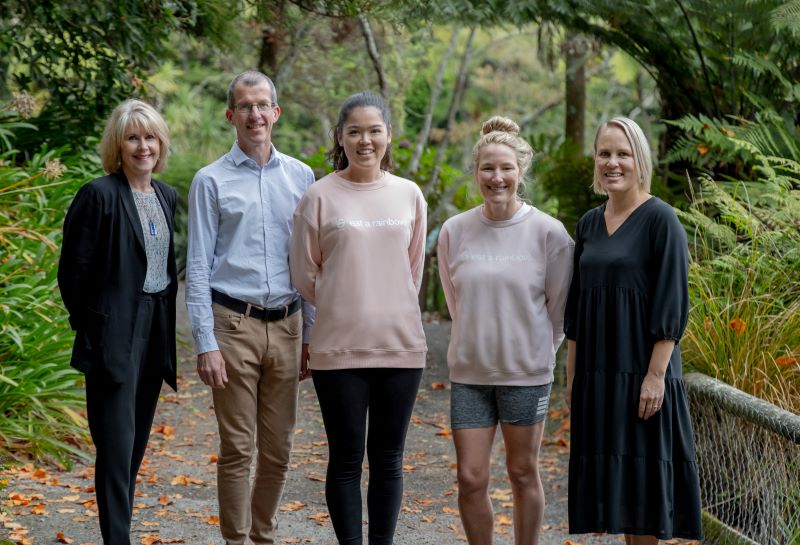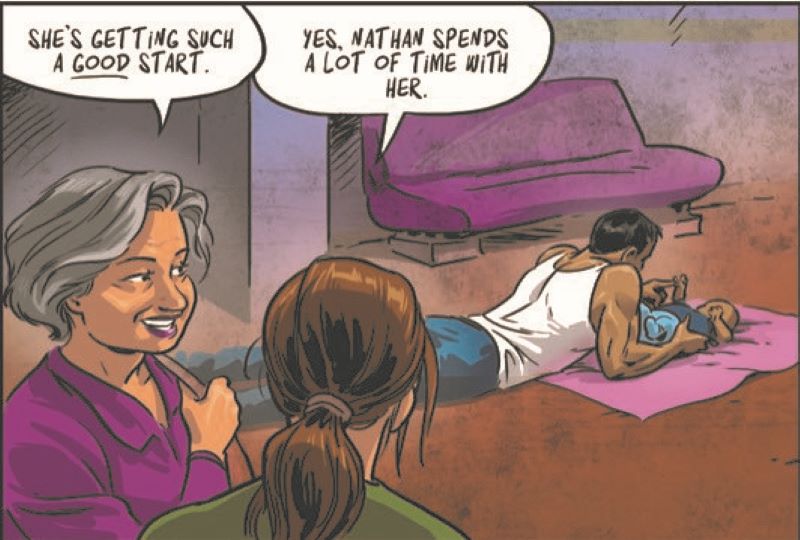
Rural Sustainability: A changemaker story
About This Project
The Bishop’s Action Foundation wanted to better understand the needs and opportunities of rural communities as a catalyst to explore ways to contribute to more sustainable rural communities. A close working relationship with the University of Otago enabled us to seek help from the University’s researchers through the Centre for Sustainability in 2014. This initial discussion led to us connecting with Ann Pomeroy, a researcher and changemaker who had been involved in rural research for most of her career, and the development of a stream of work that continues to add valuable knowledge today.
With the support of the Centre for Sustainability’s then director Professor Janet Stephenson, we developed a scoping action plan to undertake the following:
- a socio-economic profile of rural communities within Taranaki
- a comparison of Taranaki’s rural profile with other rural communities
- a review of literature on rural communities from a socio-economic perspective
- identification other projects underway that might be of value in adding to the information base
- identification of key stakeholders, sources of funding, gaps in knowledge, and issues with regard to the quality and source of data available for understanding the vulnerabilities and resources of rural communities.
The ultimate goal of this work was, and is, to build a research base from which support could be generated with appropriate partners to create a research institute focused on rural well-being.
The first step from the collaboration between the Bishop’s Action Foundation and The Centre for Sustainability was a series of research reports, initially supported by funding from TSB Community Trust (now TOI Foundation), that were based on Statistics NZ 2013 Population and Dwelling Census area unit data.
Report One (December 2016) looked at minor urban centres, rural centres, and rural districts (open countryside outside the centres) for the three Territorial Local Authorities in Taranaki: New Plymouth, Stratford and South Taranaki. Data analysed for these three settlement types included:
- changes in the number of people between 2001 and 2013
- median age, age profiles, and age structures of each area unit
- four age pyramids from 1996 to 2013 for key minor urban areas and rural districts
- labour-force and employment status, occupation and industry for each area unit
- method of travel to work
- industry engagement of people working in key minor urban areas and rural districts with employed people living in those places (showing commuting patterns)
- socio-economic status (level of deprivation), highest school qualification, tenure of usual residence, types of family structure, access to vehicles and telecommunication
- personal income, hours worked, source of household income and unpaid work
- census data on those members of Taranaki’s six iwi resident in the area
- a comparison of the data for the three settlement types for the three TLAs.
Report Two (May 2017) took the findings from the first report and compared key data sets from those TLAs with another seven TLAs: Southland, Gore, Waimakariri, Hurunui, South Wairarapa, Central Hawke’s Bay and Waitomo. Some of these were growing, some declining and some static.
Report Three (February 2018) was a summary of a rural social research seminar held in conjunction with the New Zealand Geographical Society, and Massey University’s School of People, Environment and Planning. Research providers and research users shared their perspectives, while a plenary session identified research issues that had emerged from discussion, along with some solutions.
Report Four (December 2019) extended the census analysis of Report Two to an additional ten TLAs. These were Kaipara, Thames-Coromandel, South Waikato, Wairoa, Rangitikei, Buller, Grey, Westland, Central Otago and Clutha. With the support of funding from the National Science Challenge “building better homes, towns and cities” data from all 20 TLAs could be analysed. The resulting picture of sub-regional New Zealand showed that the experiences of people living in the three different rural settlement types was very different to the image commentators had projected for regional New Zealand. It was also clear that there was wide variation between and within the three rural settlement types.
Report Five (still in production) is a summary and overview of social science literature on rural New Zealand from before European colonisation to the present, predominantly from the perspective of historians, geographers, and sociologists, and to a lesser extent political scientists, anthropologists and economists.
All this research effort is now being written up in peer-reviewed academic journals. For example:
- Insights from past and present social science literature on the (unequal) development of New Zealand’s rural communities NZ Geographer (2019) 75: 204-215 identified how government programmes privileged particular groups to the detriment of other segments of rural society.
- Reframing the rural experience in Aotearoa New Zealand: Incorporating the voices of the marginalised J of Sociology (2022) 58(2): 236-252 took a more sociological perspective. It argued that decisions on economic development, the environment and social services continued to uphold colonial hegemony as the dominant worldview in Aotearoa. The paper suggested that by engaging with indigenous viewpoints, policy-makers could rethink the application of capital and power in development and address structural inequalities.
It is hoped that the research will rekindle interest in rural New Zealand and prompt a more expansive and encompassing policy which addresses the needs of all rural people, rather than predominantly supporting the life chances, material possessions and access to services of those in urban areas who are often already well-supported.




